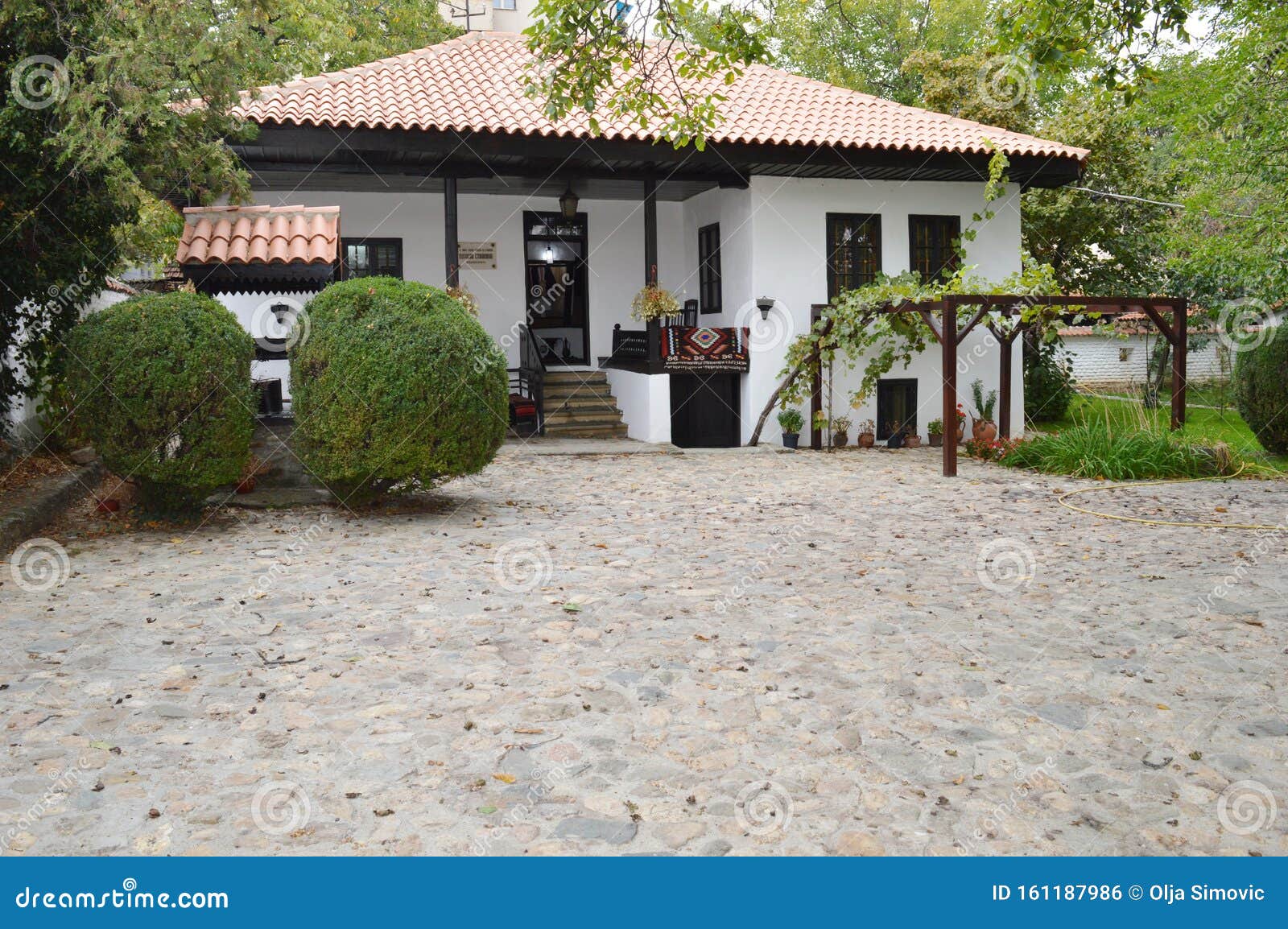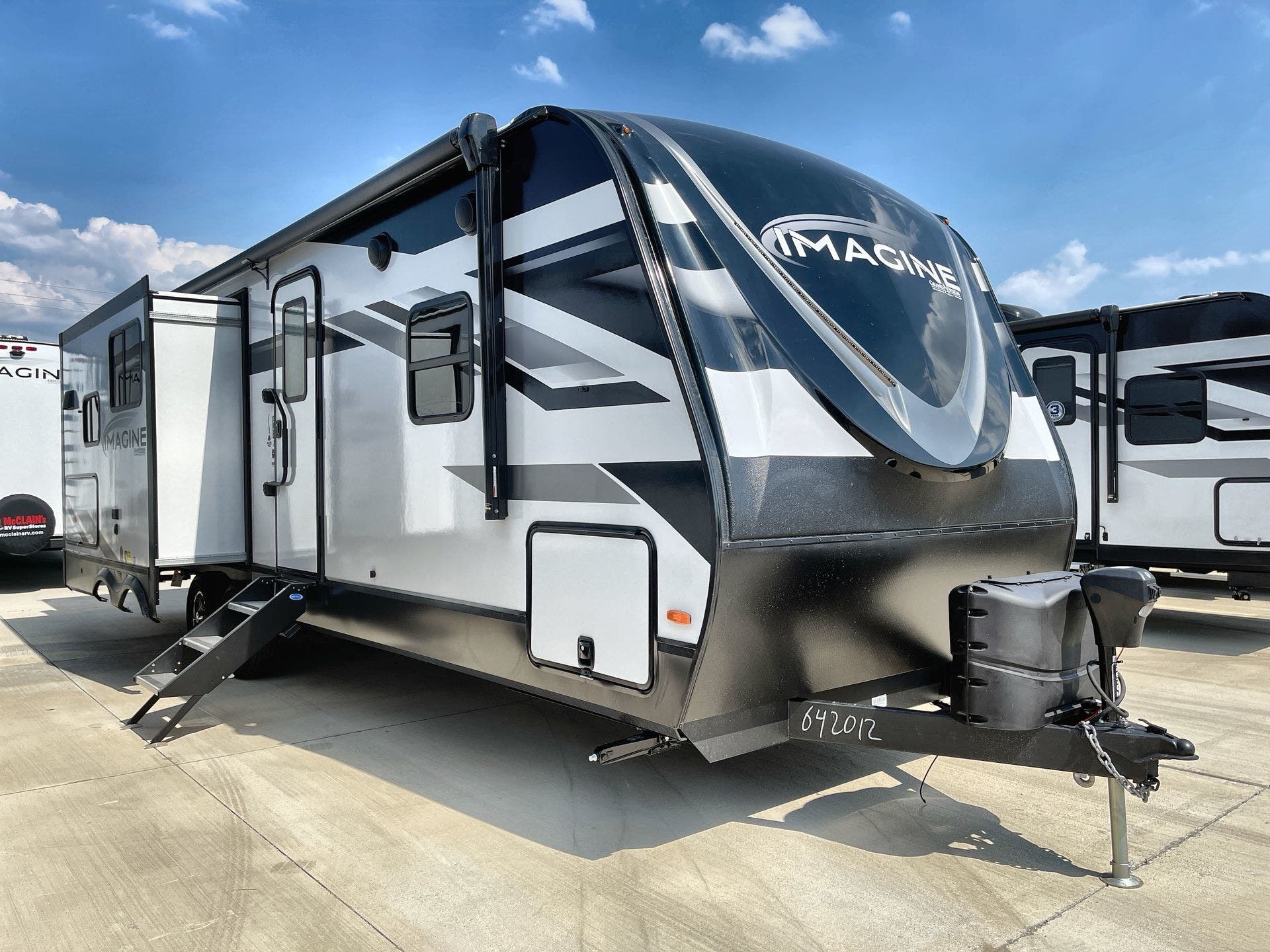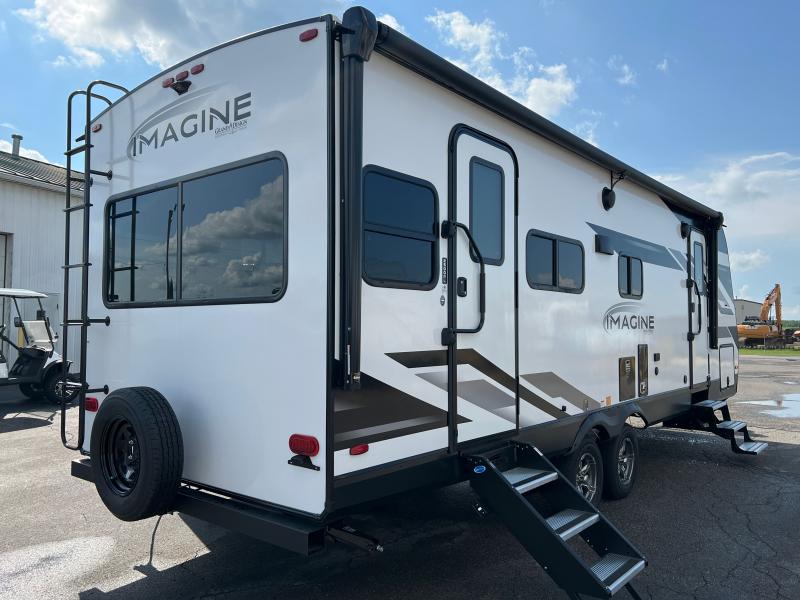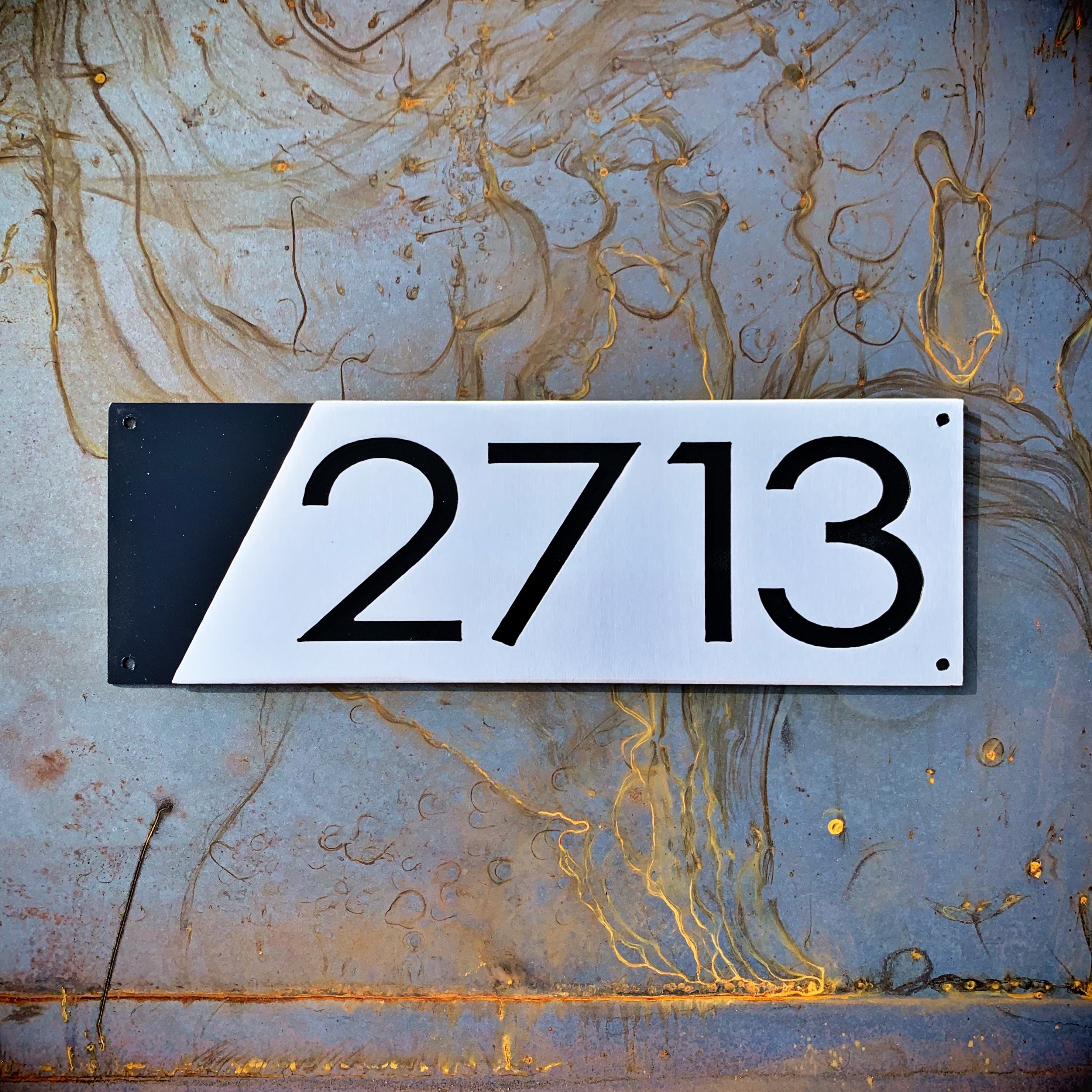Table Of Content
- American Revolution – Commemorating the Fallen of the Battle of Camden, 1780
- Why the Washington Monument was once a national embarrassment
- Crossroads of History: Ancient Jordan with Dan Snow
- Meet the Man Who Designed and Built the White House
- Where to stay in Helsinki, Finland's design-conscious capital
- James Hoban, Designer and Builder of the White House
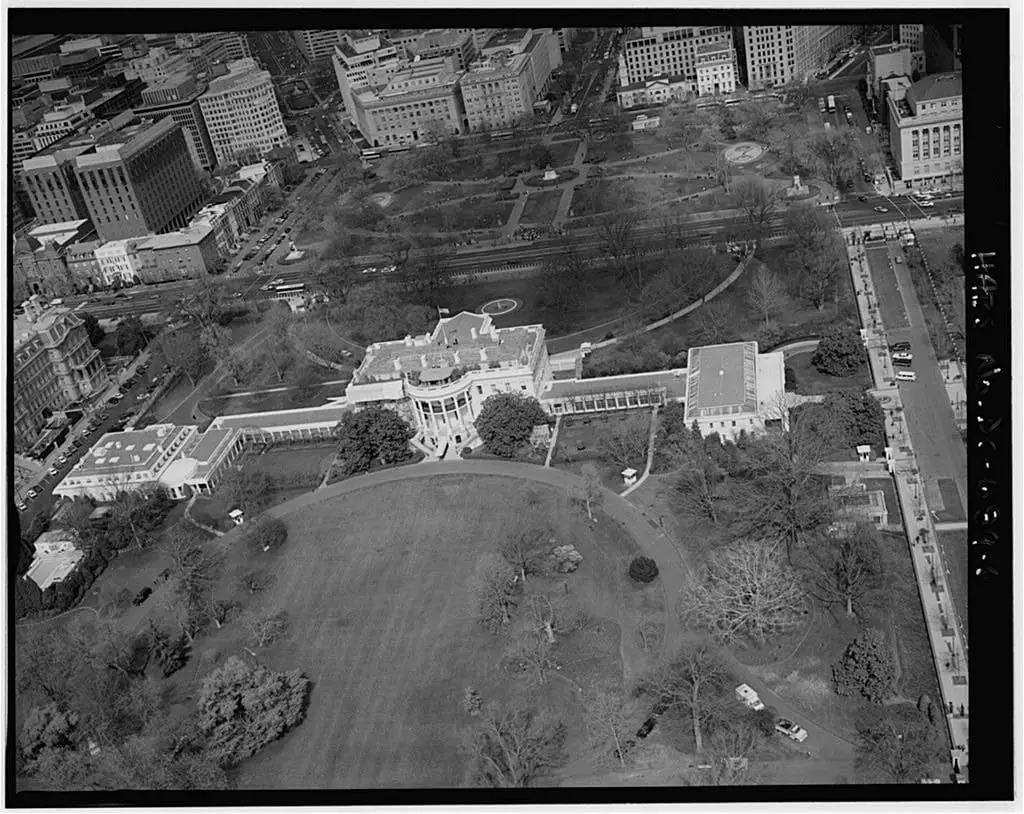
As a result, they forced local enslaved people to provide the labor, often renting workers from their masters for year-long periods of time. The anthology also addresses head-on the fact that Hoban was a slave owner. While Hoban is credited with the project, enslaved people played a role in the construction of the iconic structure, with all carpentry, stonemasonry, and brickwork under Hoban’s supervision. The design of the residence was engineered by James Hoban in Neoclassical taste which is greatly attributed to Palladio (the architectural style of the White House is sometimes referred to as Palladian). The colonnades on the wings were added by President Thomas Jefferson after he moved into the house in 1801. The West Wing was built in 1901, while the Oval Office was created in 1909.
American Revolution – Commemorating the Fallen of the Battle of Camden, 1780
During the 200th anniversary of construction in 1992, x-ray machines were brought in to image the stone walls with short waves, but found nothing. Scottish stonemasons whitewashed the building in 1798 to protect the stone, leading to its being called the White House. Washington requested alterations to the original design, adding the distinctive rose and acorn carved stone embellishments and cutting the building’s height. Hoban’s original design called for two stories over a raised walkout basement, but some thought the house was too large. A guide to 10 of the very best historic sites in America's capital city, including The Capitol, Lincoln Memorial and The White House. The scale and status of the building today reflects its profile on the world stage as a landmark of presidential – and by extension, American – power.
Why the Washington Monument was once a national embarrassment
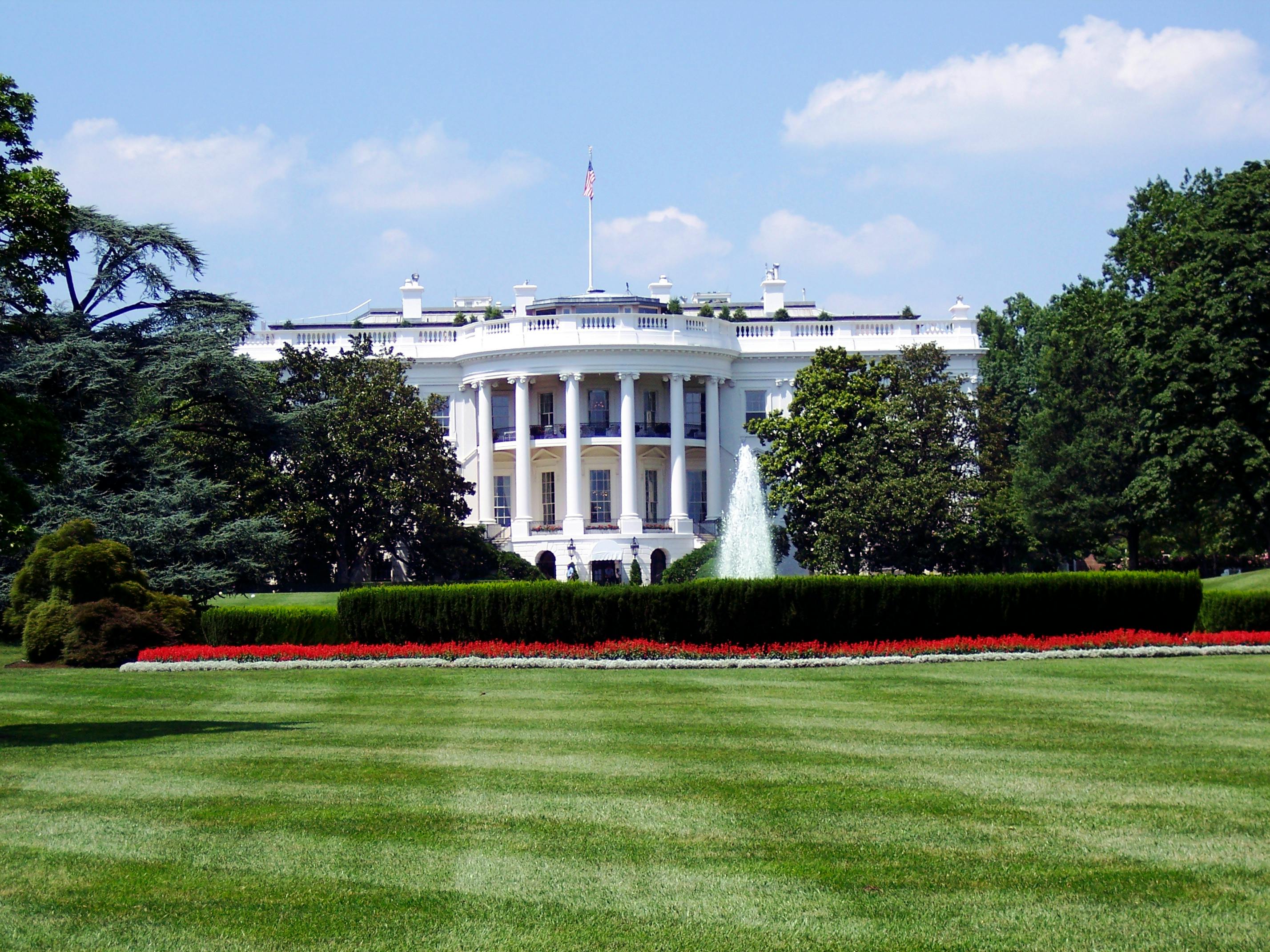
But there have been a menagerie of animals that have called the grounds home. President Woodrow Wilson welcomed a herd of sheep to the South Lawn and they donated their wool to the Red Cross to create uniforms for soldiers during the First World War. One particularly adventuresome ram named Hi caused a bit of trouble when he repeatedly broke into the Oval Office.
Crossroads of History: Ancient Jordan with Dan Snow

The White House was set on fire by the British Army in 1814, during the Burning of Washington. This incident formed part of the War of 1812, a conflict fought primarily between the US and the UK. The blaze destroyed much of the interior and charred most of the exterior. The use of Aquia Creek sandstone, painted white, served as the house’s namesake, which remained a nickname until it was formalised by President Roosevelt in 1901. His 3-story, 9-bay original submission was altered into this 2-story, 11-bay design.
White House Builder James Hoban’s Irish Roots
In 1948, after engineers discovered the building to be structurally unsound and unsafe for habitation, Harry S. Truman ordered a complete gutting of the interior and a total overhaul of the building's structure and foundation. Truman and his family lived in Blair House across the street during the renovations. When the Adamses moved in, the biggest room on the first floor, or State Floor, was the unfinished East Room, which occupied the entire east end of the building and was intended as an audience room for public events. An unfinished oval room (what is now the Blue Room) was at the center of the plan to facilitate public receptions where guests traditionally stood in a circlewaiting to greet the president.
Sign up for the weekly HistoryExtra newsletter
He envisioned a vast palace for the President, a house five times the size of the house which would be built. It was planned and constructed under the personal supervision of President George Washington. While most presidential work is done in the West Wing, the traditional view of the White House that many Americans hold, with the South Portico, is of the Executive Mansion.
Meet the Man Who Designed and Built the White House
The White House has also been subjected to disaster, including two fires, one at the hands of the British in 1814 and one in the West Wing in 1929. Famous rooms in the White House include the Blue Room, where President Grover Cleveland married the youngest first lady in history and the President’s Oval Office, which replaced the Roosevelt Room, where President Roosevelt used to house a fish tank and fishing paraphernalia. Today, tours of what is undoubtedly the most iconic residence in the US are a precious commodity. Nonetheless, the visitors centre and surrounding area give a sense of the White House’s role within US history. Contrary to a popular myth that the building was painted white to hide scorch marks after the fire in 1814, the residence was first painted white in 1798 to protect the exterior from weather damage.
Where to stay in Helsinki, Finland's design-conscious capital
According to the will, George Fenwick left four city lots in the new city of Washington and significant tracts of land in Prince George’s County, Maryland, and St. Mary’s County, Maryland, to his sons. In addition, Fenwick stated that his land in Prince George’s County contained 287 acres, while his St. Mary’s County plantation consisted of 400 acres. The amount of acreage listed in this will suggests that Fenwick was involved in tobacco farming, one of the most lucrative crops in southern Maryland for the time period. The intensive nature of this crop typically required large amounts of enslaved labor to cultivate and harvest.
The idea of a president refusing to leave the White House after losing an election or an impeachment trial was unthinkable. The practice continued until 1885, when newly elected Grover Cleveland arranged for a presidential review of the troops from a grandstand in front of the White House instead of the traditional open house. President Bill Clinton briefly revived the New Year's Day open house in his first term.
Role of slavery in building White House highlighted by marker - The Washington Post
Role of slavery in building White House highlighted by marker.
Posted: Wed, 28 Jul 2021 07:00:00 GMT [source]
The vice president has an office in the West Wing, as well as the ceremonial office in the Eisenhower Executive Office Building. A small East Wing was first added in 1902 as an entrance to the White House. Today’s structure was built in 1942 and sits atop the Presidential Emergency Operations Center. The two-story East Wing houses the office spaces of the first lady and her staff. Set on 18 acres of land, the White House is made up of the Executive Residence, the East Wing, and the West Wing, with its famous Oval Office.
According to the Architect of the Capitol, Reid was paid $1.25 a day by the federal government for his contributions. After months of research, the commission announced that while it would never be able to tell the full story of the enslaved laborers who built these buildings, there was no doubt that they were intricately involved in the work, Alexander Lane reported for PolitiFact. In 1792, work began on the new president’s house in Washington, DC (eventually renamed the White House), on a site selected by the first US president, George Washington.
Meant to wear off for the most part, leaving cracks and crevices filled, the whitewash was never allowed to weather, but was refreshed periodically until the structure at last was painted with white lead paint in 1818. By that time it had for more than a decade been known as "The White House." The name, though in common use, remained a nickname until October 1901, when Theodore Roosevelt made it official. James DiPasquale, Reynolds’ attorney, said Keaau Development’s last offer to Reynolds was contingent on title insurance being available.
A fire during the Hoover administration in 1929 destroyed the executive wing and led to more renovations, which continued after Franklin Roosevelt entered office. Construction of the elaborate presidential abode began in 1792 and was completed in 1800. The site was selected by President Washington who also oversaw the construction work. President John Adams was the first American President to move into the White house in 1800, but he did not occupy it for long before President Thomas Jefferson, who was elected into office in 1801, moved in. Over the years, the executive mansion has seen multiple renovations, including extensive work by Theodore Roosevelt in 1902, which included the installation of electric lights.
Not until 1909 did Congress provide appropriations to pay White House servants. Architect Eric Gugler more than doubled the space of what was becoming known as the “West Wing,” added a swimming pool in the west terrace for the polio-stricken president, and moved the Oval Office to the southeast corner. A new east wing was constructed in 1942, its cloakroom transformed into a movie theater. The cornerstone was laid on October 13, 1792, and over the next eight years a construction team comprised of both enslaved and freed African Americans and European immigrants built the Aquia Creek sandstone structure.
Various proposals were put forward during the late 19th century to significantly expand the President’s House or to build an entirely new residence, but these plans were never realized. Some of the enslaved workers were owned by the city commissioners charged with overseeing the project or James Hoban, the architect. The vast majority, however, were hired out from their owners in Washington, DC, Virginia, and Maryland, who then pocketed the enslaved peoples’ wages. The construction crews were often shuttled back and forth between the White House and the Capitol building sites, depending on which location needed labour or had available materials at any given moment. Hostilities with Great Britain, begun in 1812, culminated in the invasion of Washington on August 24, 1814. British troops entered the defenseless city, where they ate a dinner prepared for the President at the White House, and then torched the building, destroying all but the outer walls.


